Toni Morrison, American novelist and Nobel prize winner, published her debut novel, The Bluest Eye in 1970. Now considered an American classic, The Bluest Eye is a deeply moving exploration of western beauty standards, racism, and trauma.
The Bluest Eye, set in 1940s Lorain, Ohio – Morrison’s birthplace – is narrated by nine-year-old Claudia MacTeer as well as adult Claudia. Over the course of the novel, Claudia recalls her childhood and, in particular, her friendship with eleven-year-old Pecola Breedlove. Pecola, we learn, was charitably taken in by Claudia’s mother after her family were put ‘outdoors’. In Morrison’s novel, to be ‘outdoors’ is to be ‘homeless’. Homelessness for Pecola began when her father, Cholly, set the family house on fire. Throughout the novel, Morrison uses her signature lyrical prose to tell the story of Cholly’s devastating sexual abuse of Pecola in a way that feels intimately poetical.
However, the main focus of Morrison’s debut novel is, of course, the omnipotent blue eyes which consume both the narrative and young Pecola. In Morrison’s documentary, Toni Morrison: The Pieces I Am (2019), she discloses the fact that she based the novel on her own experience. Morrison had a black childhood friend who, much like Pecola, wished for blue eyes. What is most significant about the blue eyes in Morrison’s novel is that they are desirable for reasons that go beyond aesthetics. Blue eyes are bound up with racist ideologies. They symbolise whiteness, beauty standards, and racial self-loathing. Pecola has been taught that to be white, to have blue eyes, is to be beautiful. In this sense, Pecola has learnt to equate blackness with ugliness – ‘black and ugly’ is the insult repeatedly hurled at her and her family. Pecola’s desire for blue eyes demonstrates her internalisation of these racist ideologies, as she begins to despise the colour of her skin.
By the end of the novel, what is described as Pecola’s ‘exquisitely learned self-hatred’ is so intense that she becomes insane. Pecola comes to believe that her eyes are truly blue. Pecola’s insanity encapsulates the brilliance of Morrison’s novel. Using Pecola’s damaged character, Morrison captures the way in which our broken selves are products of society. Although it is ‘much, much, much too late’ for Pecola, Morrison suggests that it is not too late for our own society to change. Without change, our society will spew out an endless stream of Pecolas – of self-loathing, vulnerable and damaged little girls.

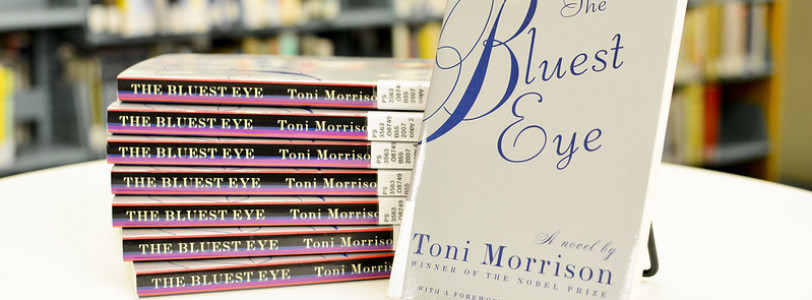
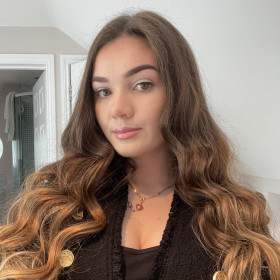
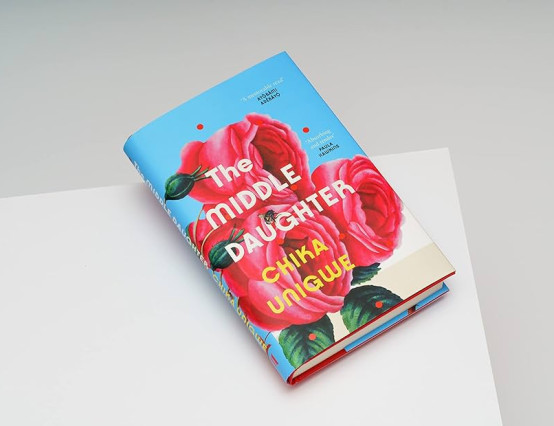
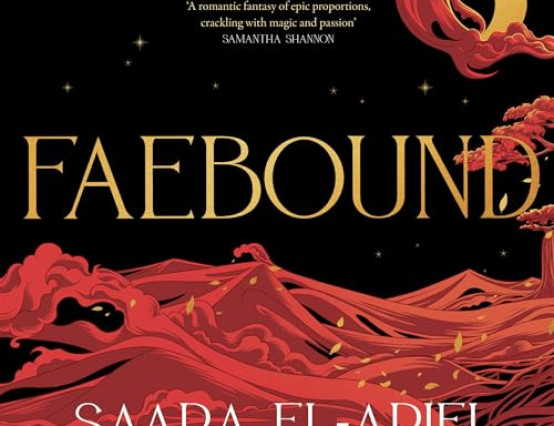
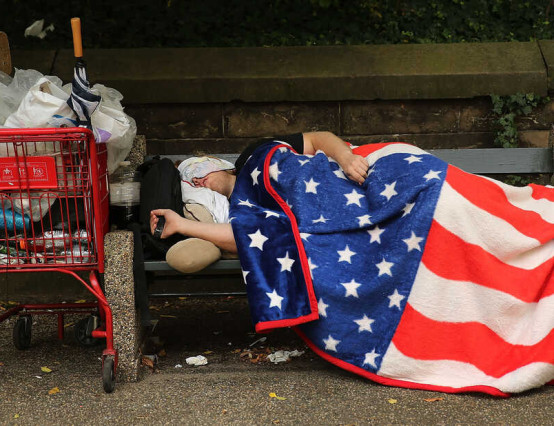



0 Comments